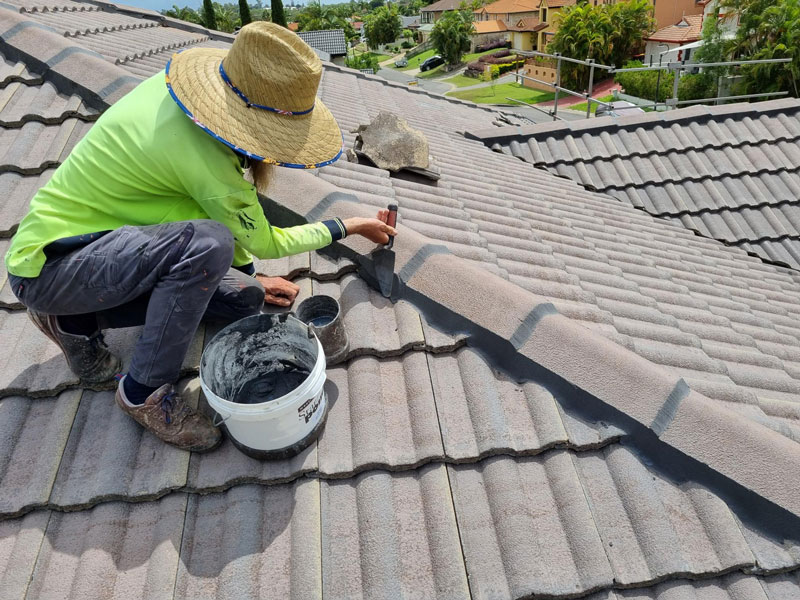Shop At Haya: Your Ultimate Shopping Guide
Discover the best shopping tips, trends, and deals for a smarter buying experience.
When Your Roof Starts Dripping, Don't Just Start Throwing Buckets
Discover the right steps to take when your roof starts dripping—don't let a small leak turn into a major disaster!
Understanding the Causes of a Dripping Roof: What You Need to Know
Understanding the causes of a dripping roof is essential for homeowners to effectively address potential water damage. Several factors can contribute to this issue, including poor installation, age of the roofing materials, and lack of maintenance. One common cause is the accumulation of debris such as leaves and branches in the gutters, which can prevent proper water drainage and lead to overflow. Additionally, flashing around chimneys and vents can deteriorate over time, creating gaps that allow water to seep through during rainstorms.
Moreover, it’s crucial to consider the impact of weather conditions on your roof's integrity. Heavy snowfall can weigh down roofs excessively, leading to structural strain, while strong winds can displace shingles. Regular inspections can help identify these issues early on, allowing for timely repairs. Homeowners should address any signs of water leakage immediately to prevent extensive damage, which may require costly repairs down the line. Understanding these factors will empower you to maintain the health and longevity of your roofing system.

DIY Solutions for Addressing Roof Leaks Before the Rain Hits
When it comes to addressing roof leaks, proactive measures are essential, especially before the rainy season strikes. Start by conducting a thorough visual inspection of your roof. Look for missing shingles, damaged flashing, and other signs of wear. Using a ladder, carefully check areas around vents, chimneys, and skylights where leaks commonly occur. A good practice is to trim overhanging branches, as they can scrape against your roofing material and create potential leak points.
Once you've identified potential trouble spots, you can utilize some DIY solutions to mitigate leaks effectively. For small holes or cracks, a simple roof sealant can provide a quick fix. Apply the sealant generously over the affected area, spreading it evenly to ensure a good seal. Additionally, consider using roofing tape for temporary repairs on larger tears. Remember, while DIY methods can be effective, serious issues may require a professional roofer's assessment to ensure your home stays dry and protected during heavy rainfall.
When to Call a Professional: Signs Your Roof Needs Expert Attention
Recognizing the right time to call a professional for your roof maintenance is crucial to preventing costly repairs down the line. There are several signs your roof needs expert attention, and being aware of them can save you hassle and money. For instance, if you notice missing shingles or any signs of leaks, it’s essential to act quickly. Pooled water on your roof after heavy rain, visible sagging, or holes are others indicators that should not be overlooked. Ignoring these symptoms can lead to serious structural damage.
Another vital sign that requires professional assessment is the presence of moss or algae growth. This can signal excessive moisture retention, leading to potential long-term damage. Additionally, if your energy bills have sharply risen, this could indicate that your roofing system is not functioning efficiently, prompting the need for a thorough inspection. By being proactive and knowing when to reach out for help, you ensure your home remains safe and secure. Don’t hesitate to contact a roofing expert if you identify any of these alarming issues.